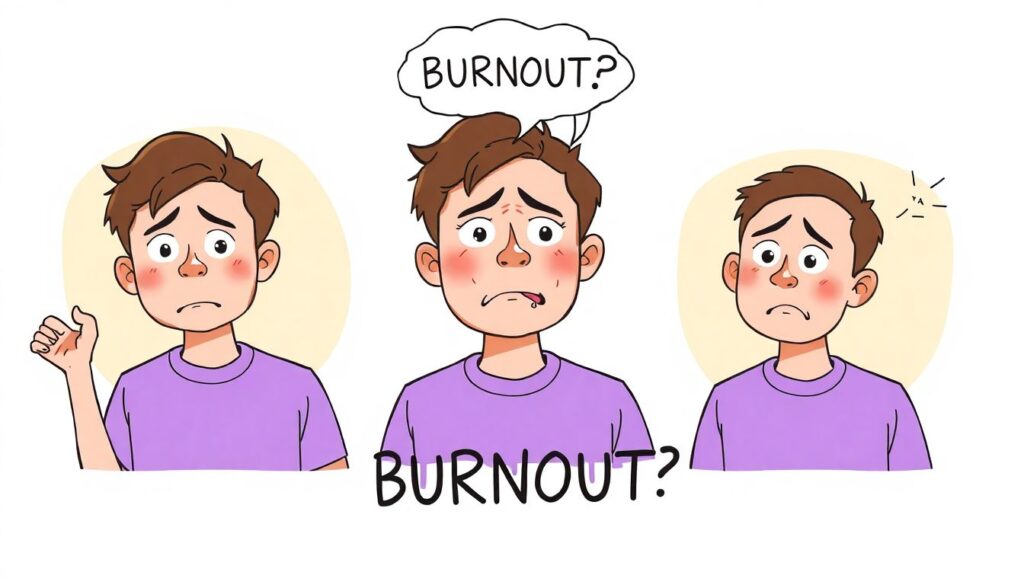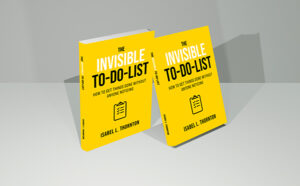
Autistic burnout rarely happens overnight. It’s more like a slow erosion of energy, functioning, and emotional resilience—one that’s often ignored until it becomes overwhelming. Recognizing the early signs of burnout is one of the most powerful tools an autistic adult can have.
In Embracing Self-Care for Autistic Burnout: Your comprehensive resource for managing autistic burnout, we guide readers through the earliest physical, emotional, and behavioral red flags—so you can intervene before hitting a breaking point.
Why Burnout Creeps Up on Autistic Adults
Many autistic adults are used to “powering through” uncomfortable environments, masking their distress, or minimizing their needs. Over time, this can become so normalized that the warning signs of burnout are easy to overlook—or mistaken for unrelated issues like depression or laziness.
But once you learn to identify the signs, you can begin to take action and prevent deeper burnout.
Common Early Warning Signs
1. Cognitive Fog
You may struggle to concentrate, forget words mid-sentence, or feel like your thoughts are moving through mud. Tasks that once felt manageable suddenly seem insurmountable.
2. Physical Exhaustion Without a Cause
You feel constantly drained, no matter how much sleep you get. Your body feels heavy, and even minor exertion wears you out.
3. Emotional Numbness or Irritability
You feel emotionally flat—or overly reactive to small stressors. Your tolerance for frustration drops, and your capacity for emotional engagement fades.
4. Increased Sensory Sensitivities
Sounds seem louder, lights feel harsher, textures more uncomfortable. Your usual coping strategies no longer feel effective.
5. Avoidance or Shutdown
You cancel plans, withdraw from conversations, and begin avoiding responsibilities. You may even feel like you’re “watching life from a distance.”
What Makes These Signs Different for Autistic People?
Unlike general stress, autistic burnout is rooted in long-term mismatch—between your environment and your neurological needs. It’s cumulative. And it often shows up not just in mood, but in a full-body and full-brain collapse of functioning.
In Embracing Self-Care for Autistic Burnout, we help readers distinguish between general stress and autistic burnout, using self-assessment tools and real-life examples to make the patterns easier to spot.
“I always thought I was just lazy or unmotivated—until I read this and realized it was burnout all along.” – Amazon Reviewer
What to Do If You Recognize the Signs
- Scale back immediately: Cancel non-essential obligations. You don’t need permission to rest.
- Engage your low-demand coping tools: Use familiar sensory aids, quiet time, and repetitive comfort activities.
- Track your triggers: Begin to log environments or interactions that increase fatigue.
- Seek validation: Whether from a therapist, online community, or loved one—your experience is real.
Don’t Wait for Collapse to Take Care of Yourself
Burnout doesn’t mean you’ve failed. It means you’ve been overextended without enough support. The sooner you spot it, the sooner you can begin recovery—and reclaim your sense of self.
🟢 Learn how to recognize and respond to burnout in the full guide
💬 “This book gave me the words—and the courage—to take care of myself before it was too late.”





